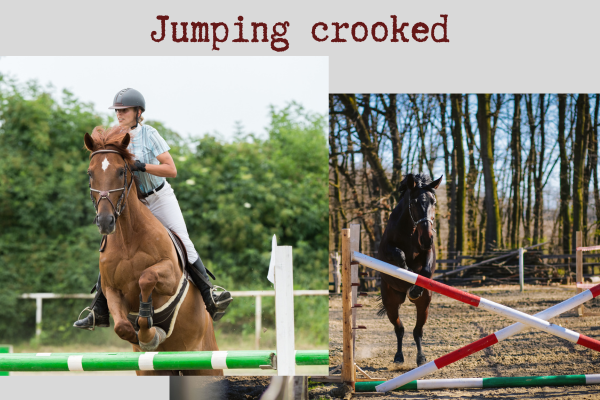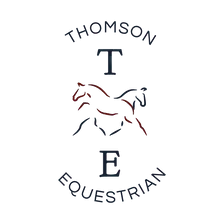
Natural Crooked Canter
Understanding the Natural Canter Position of Horses
Introduction:
Horses in nature naturally canter with their hindquarters in, a fundamental piece of understanding that is often overlooked. This behaviour is essential for survival, allowing horses to gallop away from predators efficiently without their hind legs crashing into their forelegs. Recognising these natural behaviours helps riders and trainers develop more effective training strategies that work with the horse's instincts rather than against them.
Why Horses Canter with Their Hindquarters In:
Horses are designed to walk around all day grazing and to have quick flight instincts to gallop away from predators like lions. When you observe a galloping horse – whether foals, eventers, racehorses, or zebras in the wild – you'll notice that their hindquarters are always in. This positioning prevents the hind legs from crashing into the forelegs during a high-speed escape.

At the moment when all the legs are closest together, the inside hind leg comes to the inside of the shoulder, and the outside hind leg comes in between both front legs. It’s impossible for a horse to gallop straight without their legs colliding, so their hindquarters naturally come in for efficiency.
Implications for Jumping Riders:
For jumping riders, if a horse pushes more strongly off one hind leg, they'll land crooked, leading to unnecessary wear and tear on joints and limbs. This imbalance forces riders to make more corrections in lines to stay straight, corrections that could have been avoided if a straight canter had been established as a prerequisite. Ensuring a straight canter from the start can significantly reduce these issues and enhance performance.

Implications for Dressage Competitors:
For dressage competitors, the importance of straightness might not become obvious until levels where a lengthened canter is required or when there are two judges (one at the end of the long side). Receiving lower marks with comments about being "crooked" can often be traced back to a lack of straightness in the initial canter training. These issues could be prevented with early and consistent attention to developing a straight canter.

Practical Tips for Training Straightness:
On a young horse, straightness in walk, trot, and canter should always be prioritised. An effective way to monitor this is by riding towards a mobile phone camera, as demonstrated in last week's Exercise of the Week blog. You can review that here.
Galloping under saddle, (which naturally introduces crookedness out of necessity,) comes later. If you don’t train the canter to be straight from day one, it will always be difficult to correct later on.
Conclusion:
Understanding the natural canter position of horses provides valuable insights into their behaviour and biomechanics. By recognising and addressing these natural tendencies, you can set a solid foundation for advanced movements, ensuring a smoother progression in your horse's education. This knowledge is crucial for both jumping riders and dressage competitors, helping to prevent future issues and enhance overall performance.
What now?:
Stay tuned for our next blog post, where we will build on this foundational knowledge with an exercise focused on mastering the correct canter lead depart. Share your thoughts and experiences in the comments, and join our community on social media using the hashtag #ClassicalJumpingChallenge.
Thank you so much for being here!
Until next time,
Merindah

Copyright 2022 © Thomson Equestrian
Classical Jumping
Take the gear off so your horse will want to take off
Jumping strategies so that you can create a bond that is safe, trusting and willing...no matter what!
Classical Jumping
Take the gear off so your horse will want to take off
Jumping strategies so that you can create a bond that is safe, trusting and willing...no matter what!

Copyright 2024 © Thomson Equestrian

